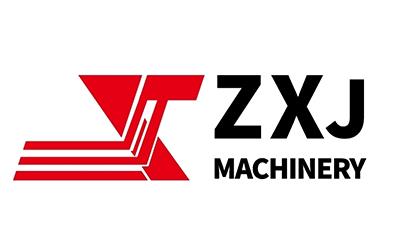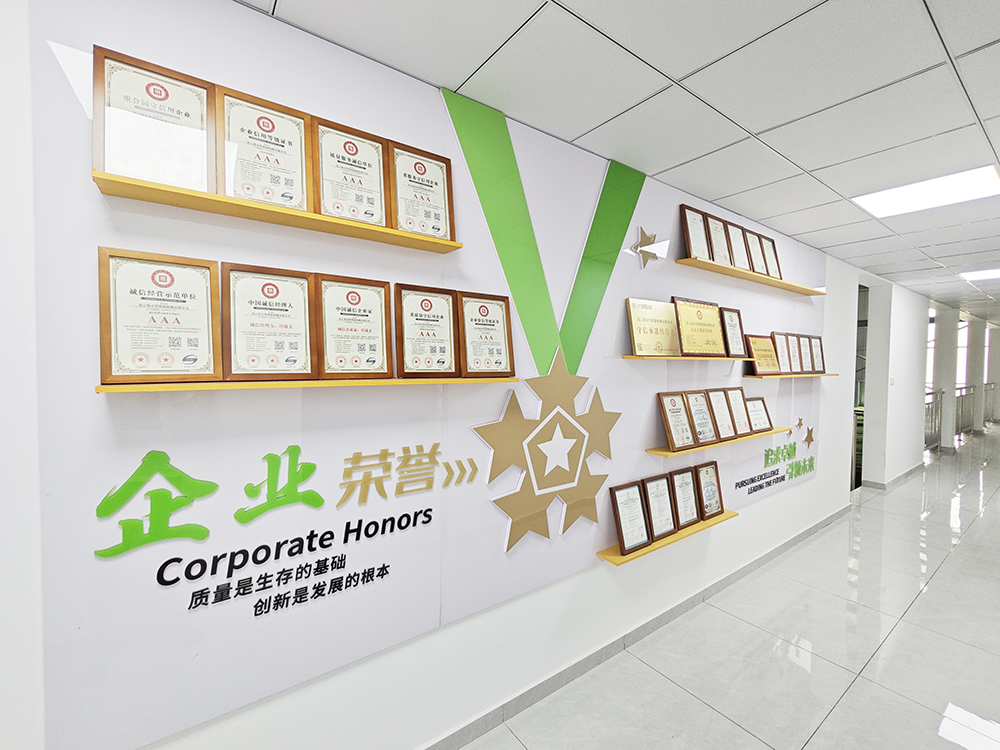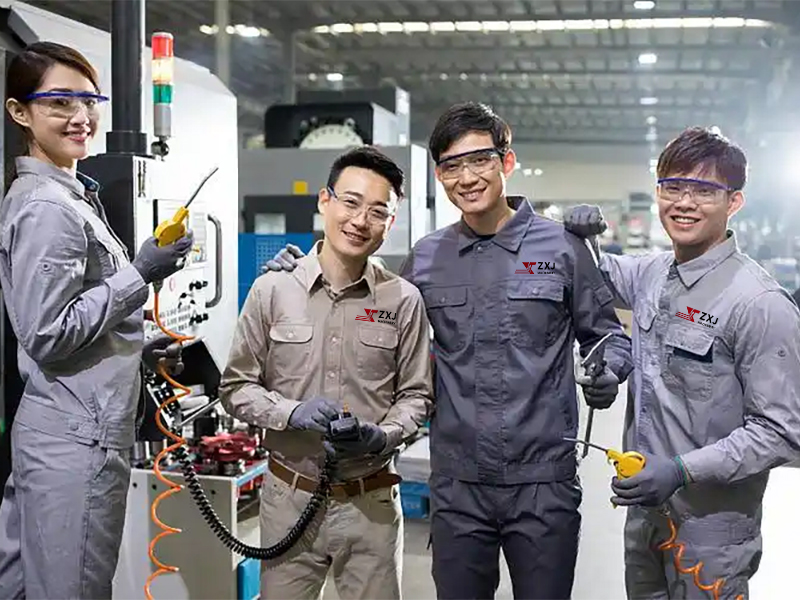
Multi-fold hand paper towels hold a significant position in the commercial hand paper towel market due to their unique convenience and efficient dispensing method. Their core competitiveness lies not only in the paper quality itself but also in precise dimensional control and excellent folding craftsmanship. For hand paper towel manufacturers, a deep understanding of and strict adherence to the rigorous requirements for dimensional deviation and appearance (folding) in the GB/T 24455-2022 standard, and guiding the procurement and debugging of multi-fold hand paper towel machines accordingly, are critical to achieving high-quality production.
The standard explicitly specifies requirements for hand paper towel dimensional deviation. According to Section 5.4, both longitudinal (length) and transverse (width) dimensional deviations must not exceed ±5mm, and the stiff-toughness deviation must not exceed ±3mm. For multi-fold products, the appearance requirements (Section 5.5) further emphasize that there should be no obvious dead folds, deficiencies, damage, sand, or hard lumps. These detailed dimensional and appearance regulations directly test the precision of multi-fold hand paper towel machines. For example, a high-precision slitting system needs to ensure length and width are within a ±5mm tolerance; while the core folding unit of a paper towel folding machine, such as the multi-fold structure, must ensure that each paper towel is folded flat and aligned, without dead folds or misalignments.
To meet these stringent standardization requirements, hand paper towel manufacturers, when selecting multi-fold hand paper towel machines, should prioritize automated production lines equipped with advanced servo control systems and high-precision sensors. These technologies can monitor paper running status in real-time and precisely control the synchronization of slitting blades and folding rollers, ensuring high dimensional consistency and perfect folding regularity even during high-speed production. Furthermore, the stability and durability of the machine are equally important to reduce dimensional deviations and product waste caused by equipment malfunctions. By introducing automated production lines that meet or even exceed standard requirements, commercial hand paper towel enterprises can not only significantly improve product quality but also optimize production efficiency, gaining a market advantage.




